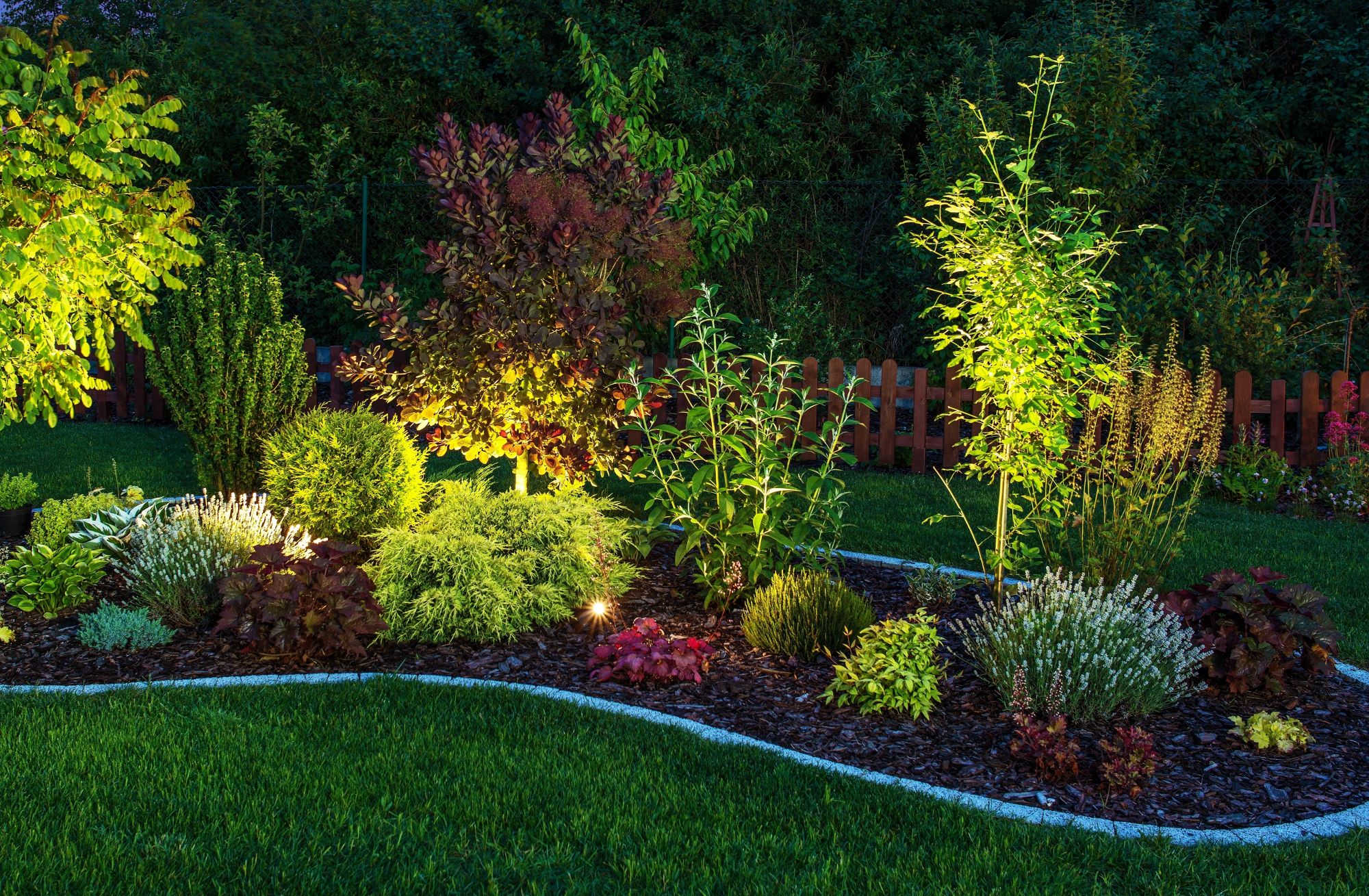Light for Plants - Important for Growth
Light is an essential factor for plant growth. Every tiny ray of light has a role to play in the growth and development of plants. For plants to grow adequately there should be some source of light. The amount of light for plants however, varies from one plant species to another. There are also different light sources that can be used in the growth of plants. These light sources should be controlled in terms of quantity and intensity for suitability of growth of the plants.
One of the most essential roles of light in plant growth is the process of photosynthesis. This is commonly explained by the phrase "the process of plants making food; Most green plants in particular create their own supplies of food matter for self utilization as well as harvesting and consumption by other animals including humans. Without the process of photosynthesis, plants would not be able to grow completely. During photosynthesis, light is used along with water and carbon dioxide in order to manufacture this food and building materials for the continued process of light growth.
Photosynthesis shows the ultimate role of light for plants because with the presence of adequate lighting plants can make more food and hence grow bigger. Plants that have been grown in adequate lighting have bigger leaves, flowers and even fruits. The contrast can be seen in plants grown under inadequate lighting. Such plants usually have small or thin leaves and barely develop into large plants. However it is crucial to remember that the need for light quantity and intensity varies from one plant to another. Due to the development of adaptive behaviors, plants like sea weed can grow at the bottom of the sea with the little light that penetrates the water depth.
Another factor of light when it comes to plant is the color spectrum. Plants have the capability to absorb all other colors from the light spectrum except for the green color and this is why plants maintain their green appearance. Varying leaf color in plants means that the plants are absorbing different color of the spectrum except the particular color of their own leaves. The leaves that are usually pale in color do not absorb much light.
When it comes to lighting for plants, you can utilize both natural and artificial sources of light. These various sources can achieve various modifications of plant growth. For instance, if you put a small plant in a dark box for days and create a small hole in the side of the box, the plant will grow in the direction towards the light. Therefore artificial lighting is usually used to moderate plant growth in terms of speed, direction and even the final product of the plant.
Artificial sources of light for plants usually include blue and red light. Blue light is essential for growth while combining blue and red light encourages flower growth in plants. The great thing about artificial lighting is the amount of control that you can have over the growth of your plants. However, it is advisable to utilize natural sources of light as much as possible for plant growth. You can control the elements of the light spectrum that penetrate to the plant using various materials such as glass or polyurethane sheets that are treated/ coated. During weather conditions that do not allow for adequate lighting to the plants, then artificial light can be used.
If you are planning to grow plants indoors, it is essential to find out the adequate amount of light required for a particular plant. If your plants are not growing well, you should also consider adjusting other factors of growth, such as soil type, nutrients as well as air supply.
Category: Landscape Lighting
Business News
Popular Posts
- Universal Pursuit of Happiness - Wisdom from World Religions
- Overcoming Ego and Self-Centeredness - Lessons from World Religions
- Transcending Materialism - Spiritual Practices from World Religions
- Overcoming Prejudice and Intolerance - Guidance from Global Faiths
- How Mind Balance Can Improve the Mindsets of Employees
- Interfaith Insights by 1WorldPeace - The Top 100 Universal Beliefs in Global Spirituality
- Bridging Beliefs - Finding Common Ground in Love and Respect
- The SmartGuy Vision - A United Future Through Interfaith Love and Respect
- A Cautionary Vision - The Grim Future of a Divided World Without Love and Balance
- A Tapestry of Faiths - Exploring the Common Threads in World Religions
- Fostering Harmony Among Christianity Islam Buddhism Hinduism and Judaism
- Preparing Kids for Adulthood - 15 Vital Skills They Wont Learn in School
- Navigating Diversity - Jerusalem's Tactical Approach to Interfaith Harmony
- Clearing Mental Plaque: The Path to Enhanced Communication and Divine Connection
- Why Return to Jesus Christ and the Church
- Top 50 Ways to Live Longer
- Adventurous Romance -The Key to Enhancing Relationship Chemistry
- Pork Tenderloin with Mustard Cream Sauce
- Navigating Technology and Media for Optimal Mental Well-Being
- Understanding the Link Between Mental Health and Substance Abuse
